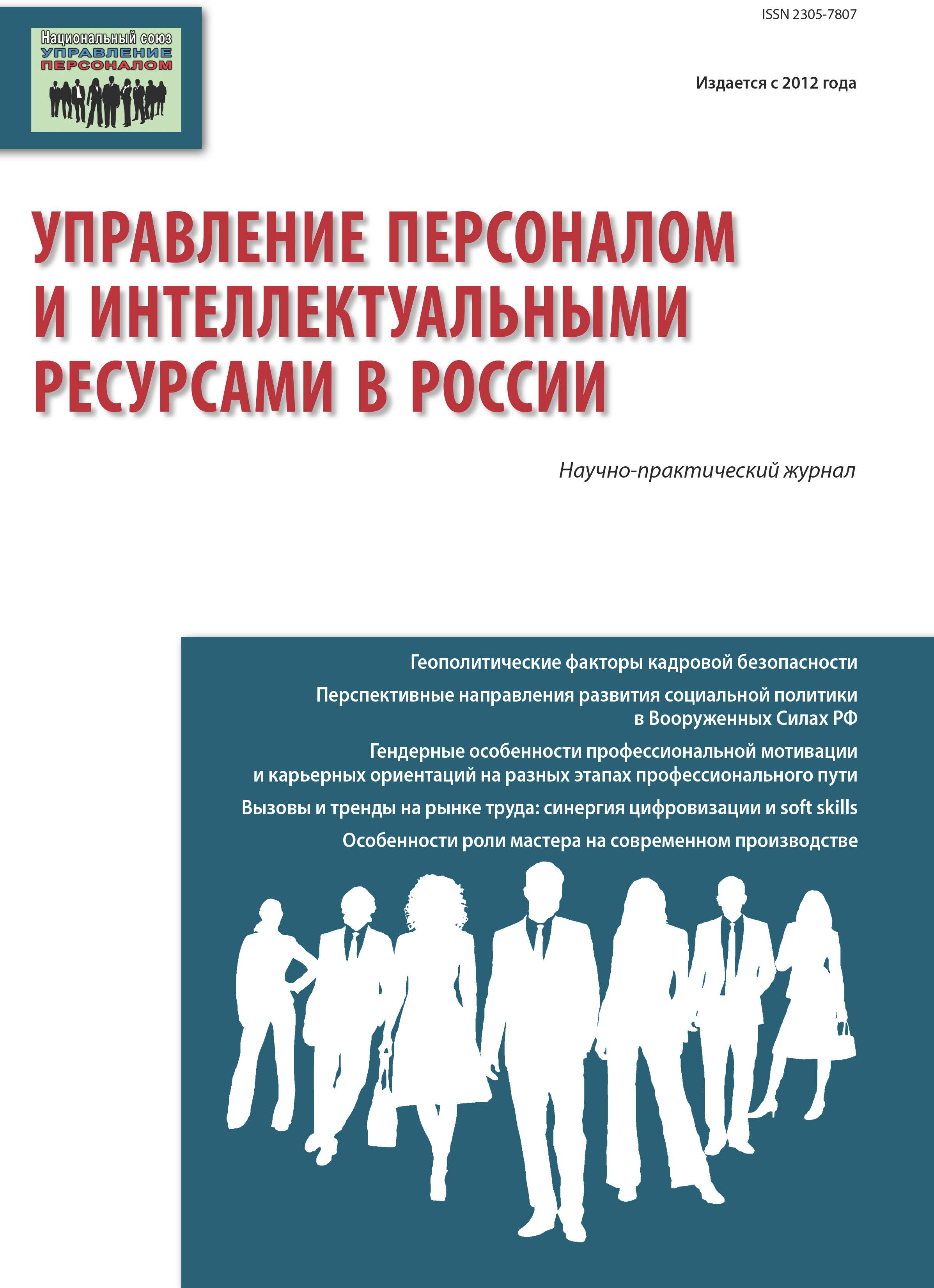Personnel training is considered nowadays to be not only one of the core processes in personnel management, but also a signifi cant source of competitive advantage to any organization. Therefore, personnel training should be viewed as the investment in human capital. As any investment is expected to produce payoff to an organization, this highlights the need to assess the level of personnel training eff ectiveness. Numerous experts in the fi eld have attempted to develop a universal model and approach for assessing eff ectiveness of personnel training. The paper considers some of these approaches and provides comparison study thereof. Each organization is free to choose a specifi c strategy for assessing eff ectiveness of training, dependant on industrial context, specifi cs of its operations, personnel composition and profi le, etc. That is why it is important to examine the most frequently used approaches to assessment of personnel training eff ectiveness, as it allows to develop some feasible variations of approaches, which would fi t best to a given organization.
training, assessment, eff ectiveness, personnel, model.
Обучение в контексте профессионального развития играет важную роль в развитии любой компании. Однако в каждой компании процесс обучения протекает по-разному. Это обусловлено различными внешними и внутренними факторами, например: вид деятельности самого предприятия, политика организации в отношении управления человеческими ресурсами, законодательная база, обязывающая в том или ином порядке обучать различных специалистов и т.д.
Автором были проанализированы несколько наиболее известных методик оценки эффективности персонала. Наибольшей популярностью пользуется модель Дональда Киркпатрика. Данная модель расценивается как классическая среди всех подходов. Впервые модель была представлена в 1959 г. и по сей день является самой известной в области оценки обучения [10].
Д. Киркпатрик считает, что оценка является неотъемлемой частью обучения. Оценку необходимо проводить, чтобы, во-первых, показать, какой вклад делает занимающееся обучением подразделение в достижение общих целей организации; во-вторых, решить, применять ли существующую программу обучения в будущем, и, в-третьих, спланировать возможные улучшения программы.
Рассмотрим подробнее, в чем заключается сущность данной модели оценки эффективности обучения (рис. 1).
Классик предлагает четыре уровня оценки:
- реакция;
- обученность;
- поведение;
- результаты.
Каждый уровень предполагает использование подходящих инструментов для комплексной оценки. Разрабатываются также цели оценки, показатели, методы сбора информации, источники информации.
1. Bakanov M.I., Sheremet A.D. Jekonomicheskij analiz: situacii, testy, primery, zadachi, vybor optimal’nyh reshenij, finansovoe prognozirovanie [Economic analysis: the situation, tests, examples, problems, selection of optimal solutions, financial forecasting]. Moscow, Finansyistatistika Publ., 2003.
2. Vesnin V.R. Menedzhment [Management]. Moscow, Prospekt Publ., 2007.
3. Vesnin V.R. Upravlenie personalom. Teorija i praktika [The personnel management. Theory and practice]. Moscow, Prospekt Publ., 2008.
4. Vihanskij O.S. Upravlenie personalom [The personnel management]. Moscow, Gardarika Publ., 2007.
5. Egorshin A.P. Upravlenie personalom [The personnel management]. Moscow, «NIMB» Publ., 2003. 720 p.
6. Kibanov A.Ja. Osnovy upravlenija personalom [Fundamentals of personnel management], Moscow, INFRA-M Publ., 2014. 440 p.
7. Kibanov A.Ja. The methodology for assessing the economic and social efficiency improvement of personnel management. Kadrovik [HR manager], 2010, I. 12, pp. 32-43. (in Russian)
8. OdegovJu.G., Zhuravlev P.V. Upravlenie personalom [The personnel management]. Moscow, Finstatinform Publ., 1997.
9. Pukas G.K. Organizacija i metodika proizvodstvennogo obuchenija rabochih [Organization and methods of production and training of workers]. Dnepropetrovsk, Dnepropetrovsk Publ., 1987. 305 p.
10. Jack J. Phillips. Return on Investment in training and performance improvement programs, second edition, Butterworth-Heinemann, 2003.
11. Kirkpatrick, Donald L. (1994). Evaluating Training Programs: the Four Levels.






